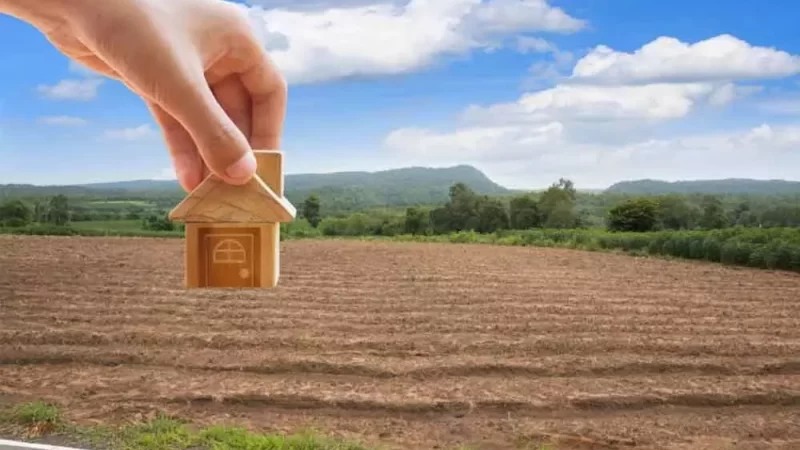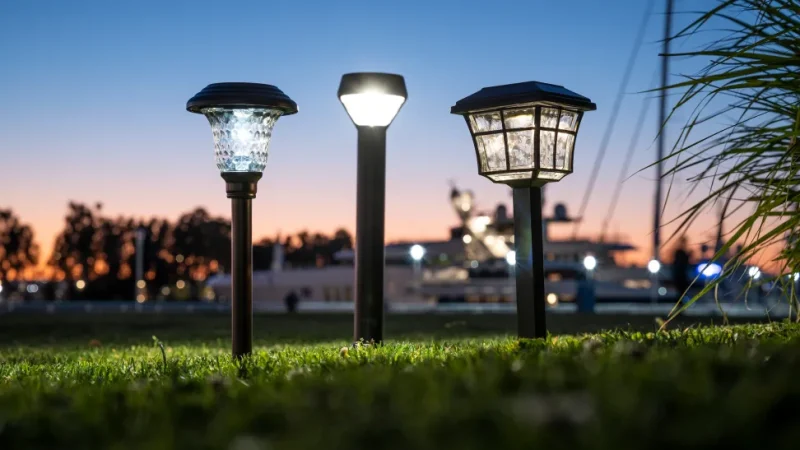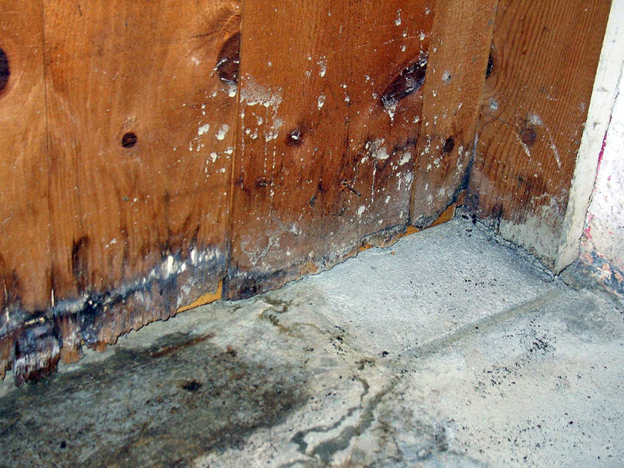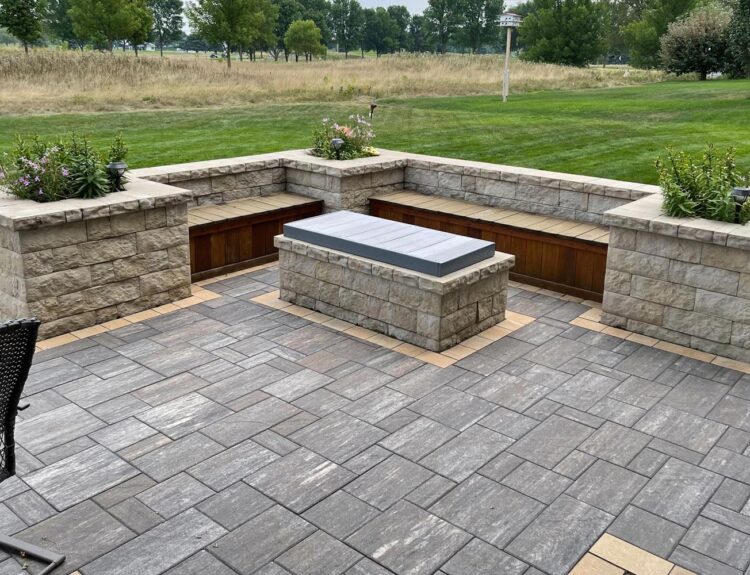Did you know that the average insurance claim from water damage totals $11,098? Claims like these are common—about 1 in 50 homeowners files a water damage insurance claim every year.
You may not be able to completely avoid extra bills from water damage, but you can mitigate the disaster before it leaves you broke. Here are the signs of water damage in walls that you should be on the lookout for.
Musty Smells and Mold
A musty odor is one of the early signs of water damage that you shouldn’t overlook. Mold, or a build-up of microbial volatile organic compounds, often smells like wet paper or cardboard.
If you’re an air freshener fanatic, rely on your eyes instead of your nose. You can expect mold in some areas, like your bathroom or basement, but if you start seeing it in your bedroom, you could be facing wall leaks.
Mold also often causes allergic reactions. If you’re sneezing or coughing more than usual, start checking your baseboards, walls, and caulk for mold.
Stained Ceiling
A yellow stain on the ceiling is one of the most common signs of water damage in walls. You may also notice discoloration on the walls; either ugly yellow patches or streaking from the ceiling downward.
Turn off your water and call in professionals as soon as you notice this damage or the stain could spread. After they repair the leak, you’ll have to remove and replace the affected areas. A fresh coat of paint isn’t enough—in addition to structural damage, there could be mold.
Warping Walls
If your drywall appears to bend or feels soft to the touch, you’re in big trouble. This is a sign of high-pressure water build-up and damage. It means water has saturated your wall, and it’s time to call in the professionals.
In addition to warping, you may notice peeling paint or wallpaper. This type of wall damage can happen quickly, and repair can be a big job as well. You must remove the damaged area and inspect for further issues before rebuilding the wall.
Higher Water Bill
You can catch a leak before you start seeing the visible signs of damage by keeping a close eye on your water bill. If you notice a sudden spike in the bottom line, it’s likely that you have running water somewhere.
Inspect the areas of your home that use the most water first. Look at toilets, supply lines, and even your outdoor hoses. If you can’t find it yourself, call in some leak detection professionals.
Look for Signs of Water Damage in Walls
Leaks can be expensive and inconvenient issues, but if you stay vigilant and look for signs of water damage in walls, you can solve the problem before it gets out of hand.
Did you learn something from this article? There is plenty more to find out about house leaks and beyond on this site. Check out the Home and Remodeling pages now to find out everything you need to know to keep your home up-to-date and damage-free.









